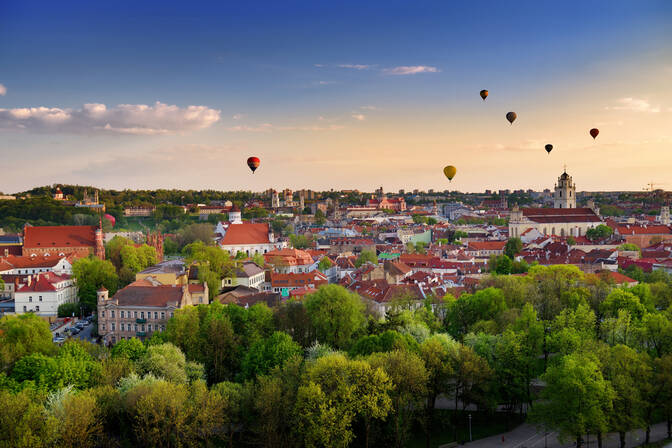Statehood Day
July 6, Sunday

Historical Background
Mindaugas was crowned King of Lithuania on July 6, 1253, after uniting various Baltic tribes and converting to Christianity. His coronation is considered the beginning of Lithuanian statehood and its recognition by Western Europe. Although the monarchy did not last long after his death, Mindaugas remains a central figure in Lithuanian history.
Modern Celebrations
Statehood Day was officially reinstated as a public holiday in 1991, following Lithuania’s restoration of independence from the Soviet Union. The day is marked by various patriotic and cultural events across the country.
Common ways Lithuanians celebrate include:
- Public speeches by national leaders
- Flag-raising ceremonies
- Concerts and cultural performances
- Historical reenactments
- Fireworks displays in major cities
The National Anthem Tradition
One of the most distinctive features of Statehood Day is the tradition of singing the Lithuanian national anthem, "Tautiška giesmė," at exactly 9:00 PM local time. People across Lithuania and in Lithuanian communities worldwide sing the anthem simultaneously, symbolizing unity and national pride.
Significance
Statehood Day is more than just a historical commemoration—it is a celebration of Lithuanian identity, resilience, and independence. It serves as a reminder of the country’s long and complex journey toward sovereignty and its place in European history.
Statehood Day in Lithuania is a deeply meaningful holiday that honors the legacy of King Mindaugas and the enduring spirit of the Lithuanian people. Through national ceremonies and community participation, it reinforces a shared sense of heritage and pride.
